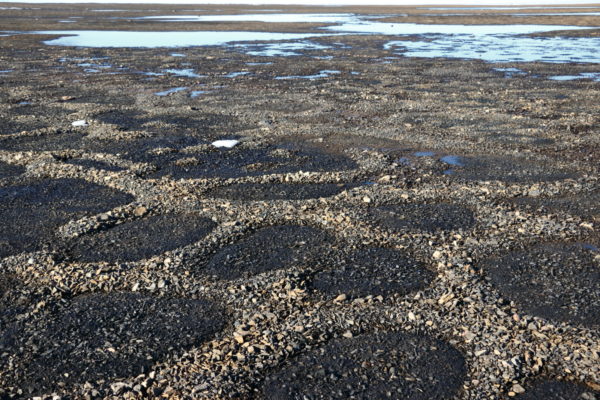
Do you know what the periglacial environment is? Well, the word periglacial refers to those environments which are somehow sculpted by seasonal freeze and thaw cycles. The alternation of freezing and thawing conditions can change the landscape, creating some spectacular landforms. Stone circles are certainly among the most mysterious and fascinating. Come and discover them!
Some definitions
Glaciation, periglaciation, permafrost. You may be a little uncertain about the meaning and differences between these terms. Let’s shed some light! A glacial environment is an environment that is (or was) modified by the presence of year-round, or perennial, ice. Well, we all know that nothing is really permanent, and in this day and age, this is especially true for ice and glaciers. What perennial ice represents, is a mass of ice that can survive many seasons and in particular throughout many summers. We can then say that a glacier is perennial, while in contrast the seasonal ice covering a lake in the winter is not perennial. A key feature of glaciers is that they are incredibly efficient in modifying the landscape and for this reason we talk about glacial environments, i.e. terrains whose features are (or were) influenced by the presence of perennial ice.
Then we have periglaciation. The contrast between this and the glacial environment is that in periglacial areas the main sculpting agent is not perennial ice, but instead freeze–thaw cycles. So, periglacial areas experience positive temperatures during some parts of the year. The term periglacial literally means near-glacial, indicating that typically the periglacial environment is found near the glacial one (but this is not always the case).
And permafrost? Permafrost refers to the ground which is mostly frozen for more than two consecutive years, although the topmost layer (known as active layer) can experience seasonal thaws and is periglacial. As you see there are close links between these terms. Likewise, the periglacial environment is usually associated with some permafrost below the surface, at depths where the heat of summer cannot reach, and it is easy to imagine that most periglacial areas were fully glaciated in past climatic periods.
Have you heard of stone circles?
There is a whole list of landforms associated with the periglacial environment with amazing names. Just to name a few: felsenmeer (blockfields), solifluction lobes, rock glaciers, pingos, stone stripes. We’ve previously published a nice article on rock glaciers to give you a better understanding of this fascinating phenomenon. Perhaps you may be asking why the periglacial environment is so diverse. Well, it is simple. This is because freeze–thaw cycles can exert huge pressures on the environment. This is due to the change in volume of liquid water versus solid ice, and, importantly, the fact that ice or solid water has a lower density (larger volume) than when in its liquid form means it can often get trapped in a crack or other confined space. The pressure can then build up and force open cracks in rocks and move sediments, especially if the processes seasonally repeat over long periods of time.

Another example of periglacial patterned ground: polygons (Northern Greenland) [Credit: Giovanni Baccolo].
Among the many periglacial landforms, some of the most fascinating and less known are for sure stone circles. You can see a beautiful example in the opening picture at the start of this post. As the name itself says, stone circles are circles made of stones that have been sorted by repeated action. They occur in periglacial environments and in particular in the topmost active layer of permafrost, which is subject to refreezing cycles.
Stone circles belong to a wider family of periglacial landforms known as patterned grounds, characterized by apparently regular geometrical features. Because of this regularity, they can be easily mistaken as human creations, but humans have nothing to do with them. They are a totally natural phenomenon.
How do stone circles form?
For several decades periglacial patterned grounds remained a mystery to geomorphologists (scientists studying landforms and their formation). It was evident that refreezing cycles had a role in sorting sediments but the actual mechanism behind them was unclear. The active layer of permafrost, as its name says, is a very dynamic environment. Seasonal refreezing produces subsurface ice lenses capable of heaving or lifting sediments. These grow and lift sediments not so much by the expansion of freezing water, but by the sideways migration of liquid groundwater onto the existing ice lens (frost heave). During summer, thawing causes unstable conditions, allowing sediments to sort according to size after having been heaved and lifted during the cold months. Repeat the cycle for thousands of times and you will have sorted terrains, which can range from rock stripes to polygons, to stone circles, to stone nets.
With the help of models, capable of reproducing the millennial evolution of periglacial environments, it has been demonstrated that the final pattern depends on factors such as stone concentration, hillslope, stone shape and the fine-scale structure of the sediment.
The trick is to walk on the stones
This summer I had a great opportunity to spend some time in Northern Greenland for collecting samples on the surface of an ice cap (thanks INTERACT for this!). To reach the glacier we had to spend a few days crossing a vast deglaciated plain consisting entirely of permafrost. It was there that I saw stone circles for the first time in my life.
Of course, we were there during the short Arctic summer, meaning that the active of permafrost layer was completely thawed. It took a while to learn how to walk on that terrain without sinking in the mud (thanks dad for suggesting to bring rubber boots!). I cannot say that it was a fun experience, but it certainly was interesting. What does this have to do with stone circles? Well, if you don’t want to sink into the mud, the trick is to walk on the stones at the edges of the circles.
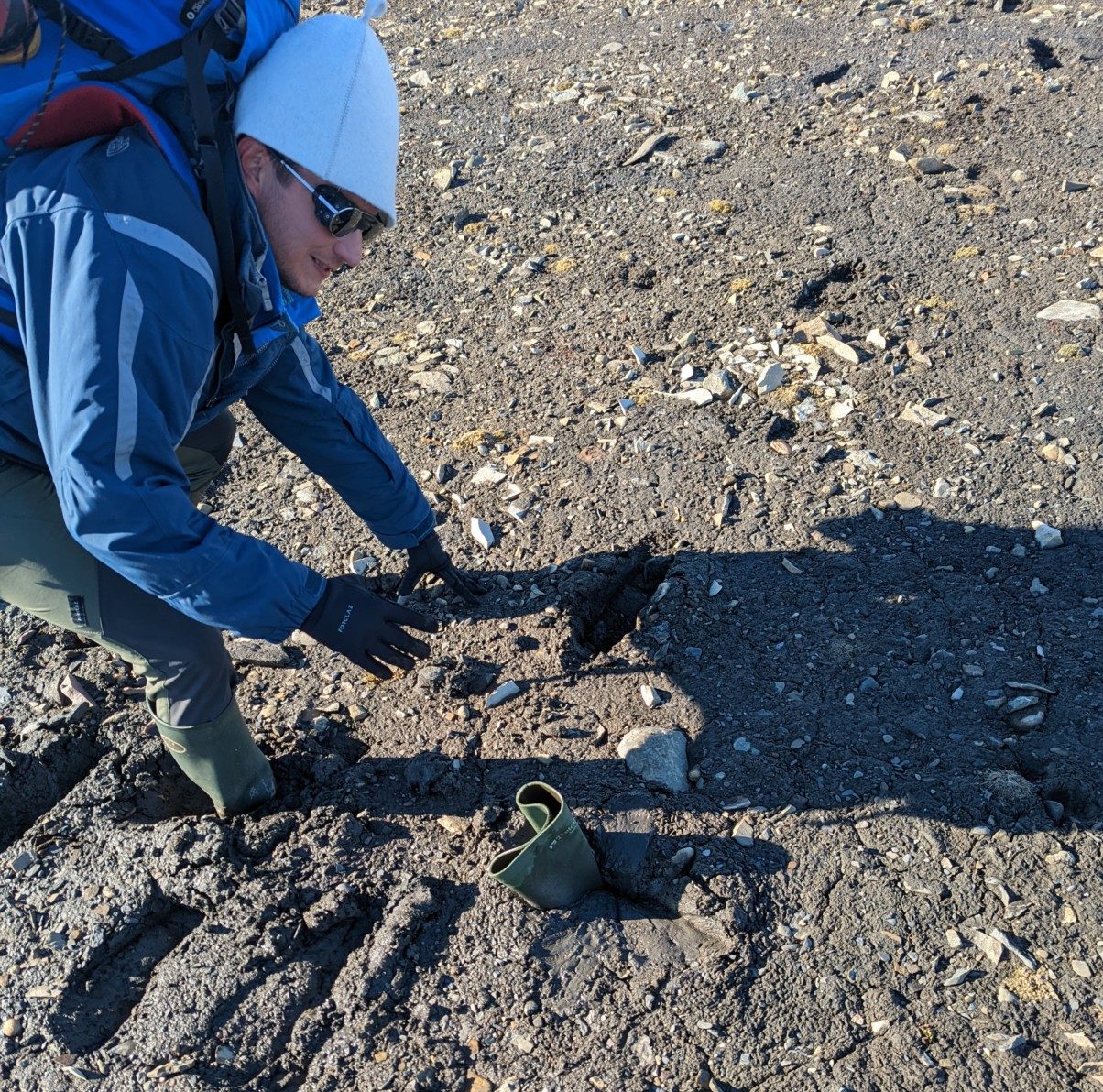
Me trying to recover one of Dylan’s boots sunk in the active layer of permafrost. This happens when you do not walk on stones! [Credit: Dylan Beard]
If there is one thing to take away from this article: if you don’t walk on the stones, you will sink!
Further reading
- Clark (2022) Periglacial landforms, post on the AntarcticGlaciers website.
- Hallet (2013) Stone circles: form and soil kinematics, Philosophical Transactions of the Royal Society A 371:20120357.
- Kessler & Werner (2003) Self-organization of sorted patterned ground, Science 299:380-383.
Edited by Andy Smedley and TJ Young
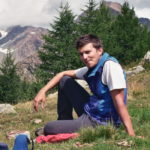 Giovanni Baccolo is a postdoc at the Paul Scherrer Institut in Switzerland. He studies glaciers to unveil the environmental and climatic pieces of information trapped within ice and snow. His research is mostly focused on ice geochemistry which he uses to study ice cores and supra-glacial processes. He tweets as @g_baccolo, he has a blog (in Italian) dedicated to mountain science and geography (Storie Minerali). Contact Email: giovanni.baccolo at psi dot ch.
Giovanni Baccolo is a postdoc at the Paul Scherrer Institut in Switzerland. He studies glaciers to unveil the environmental and climatic pieces of information trapped within ice and snow. His research is mostly focused on ice geochemistry which he uses to study ice cores and supra-glacial processes. He tweets as @g_baccolo, he has a blog (in Italian) dedicated to mountain science and geography (Storie Minerali). Contact Email: giovanni.baccolo at psi dot ch.

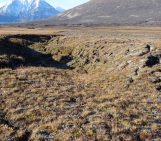
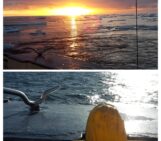
![Image of the Week – On thin [Arctic sea] ice](https://blogs.egu.eu/divisions/cr/files/2018/10/kayak-161x141.jpg)

Paolo Baccolo
Following dad’s suggestion sometimes it is fine!!!